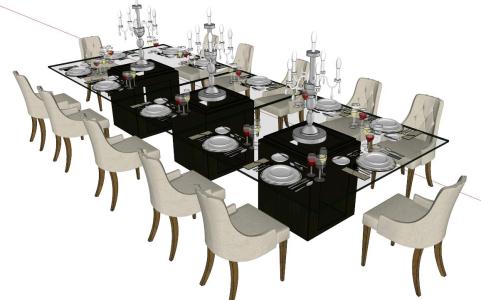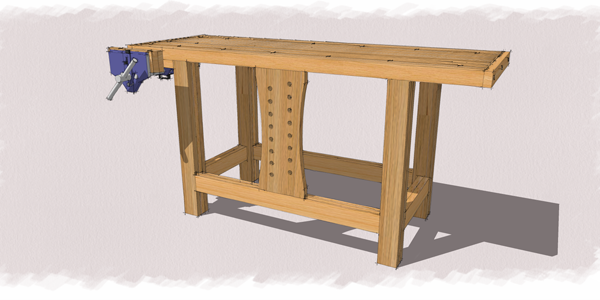
That makes it easier to know which part’s dimensions you’re looking at. First, you are prompted to name them as you create them.

In regards to creating a cutlist, there are two primary benefits of components. I advocate using components for a long list of reasons. It does ignore ungrouped geometry so you need to consider that.

As with all of them, CutList generates the list based on the dimensions of the bounding boxes of the components and groups in your model. The one I prefer is simply called CutList. Many of them seem like they are aimed more at the kitchen and bath cabinet makers. I’ve tried a few of them and found they all do what they do quite well. There are a number of extensions for SketchUp that will create cutlists. I know a woodworker and SketchUp user who would draw his project and then sit down with the Tape Measure tool, paper, and pencil and make up his cutlist. Now, a cutlist isn’t that difficult to create by hand. It is handy, though, to have a cutlist so I have the overall sizes of the parts at hand as well as a shopping list when I go to the store for parts. For my own use, a few images exported from the SketchUp file usually suffice. I use SketchUp and LayOut to make the digital and printed plans for many of the projects featured in Fine Woodworking Magazine. Typically I find that I don’t need a formal plan for myself, although it’s certainly possible to make one. Once you have the model drawn, though, what next? Well, after you’ve drawn the model, and have the visible details worked out, you can add the joinery and other bits to the model to create a plan to take to the shop.

You can sketch out your ideas to get a good feel for how they will look making it easy for you and your client to get on the same page with a design. You’ve probably already discovered that SketchUp is a great tool for designing your project.


 0 kommentar(er)
0 kommentar(er)
